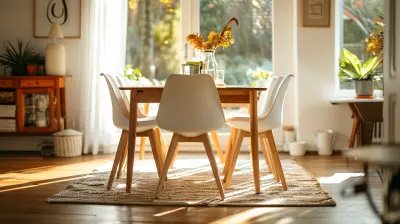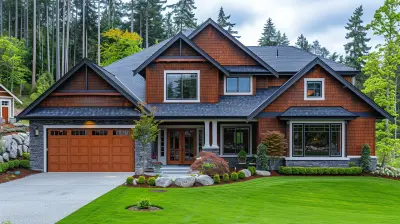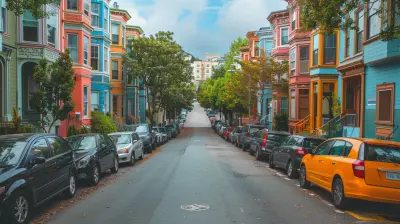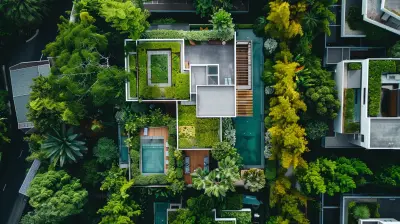How Zoning Ordinances Shape Public Spaces and Parks
3 May 2025
Hey there! Have you ever wondered why parks and public spaces in your city look the way they do? Why one neighborhood boasts lush green parks while another struggles to find a tiny patch of grass? Well, the answer lies in something you probably don't think about much—zoning ordinances. These unassuming laws shape everything from playgrounds where kids laugh and play to serene trails where we escape the chaos of life.
Let’s dive into how zoning ordinances influence the green spaces we all know and love. Trust me, it's way more interesting than it sounds!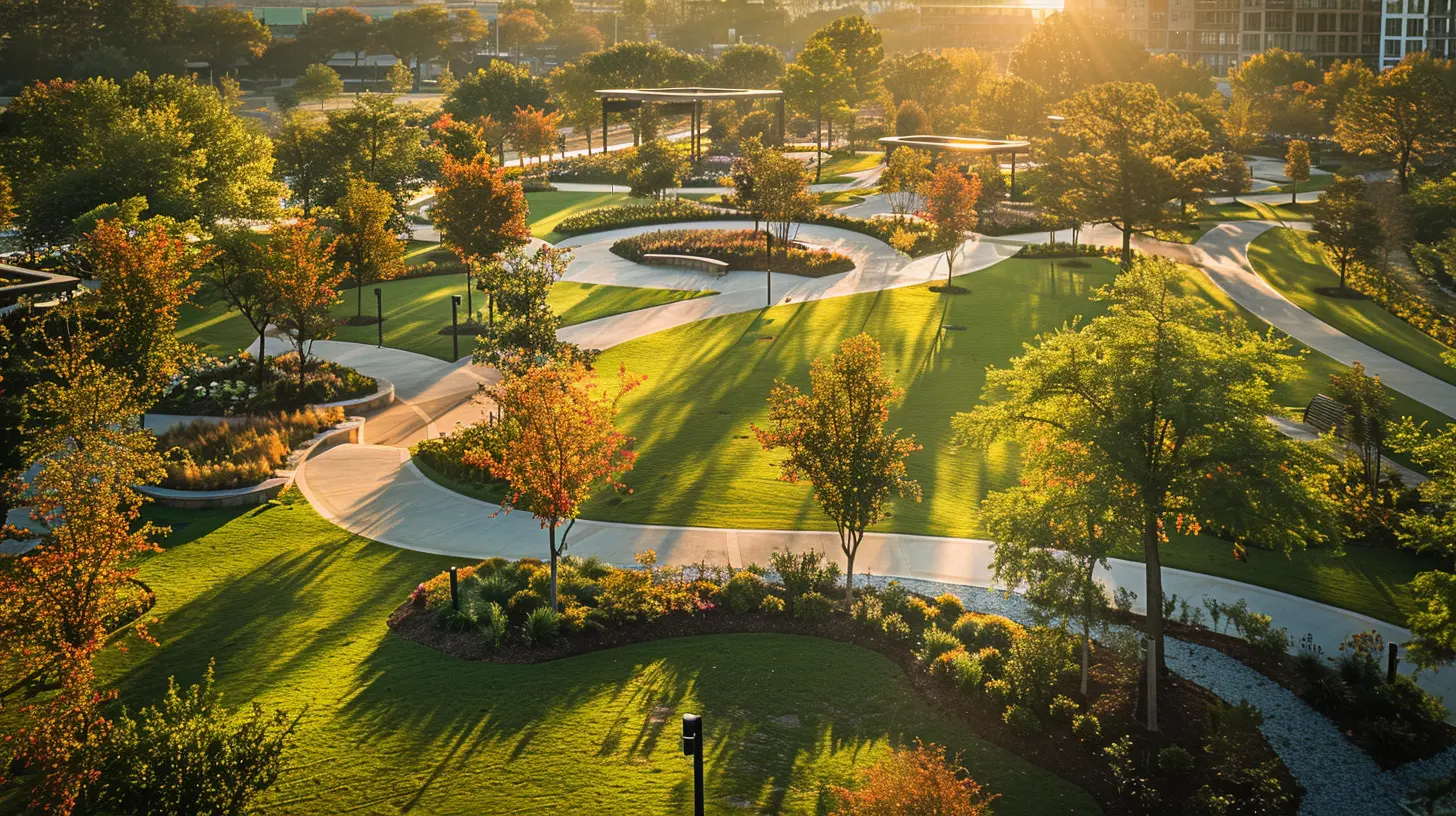
What Are Zoning Ordinances, Anyway?
Before we jump into the nitty-gritty, let’s get the basics down. Think of zoning ordinances as the rulebook for how land can be used in a particular area. It’s like assigning chores in a household—this part of the city is for houses, that part is for businesses, and over there? That’s where the parks go.Zoning outlines what can and can’t be built, setting boundaries for residential areas, commercial districts, industrial zones, and yes, even public spaces. Imagine city planners as conductors of a symphony, orchestrating everything so a city doesn’t turn into a chaotic free-for-all. Without zoning laws, you might find a nightclub next to an elementary school or a factory operating in the middle of a quiet neighborhood. Nobody wants that mess!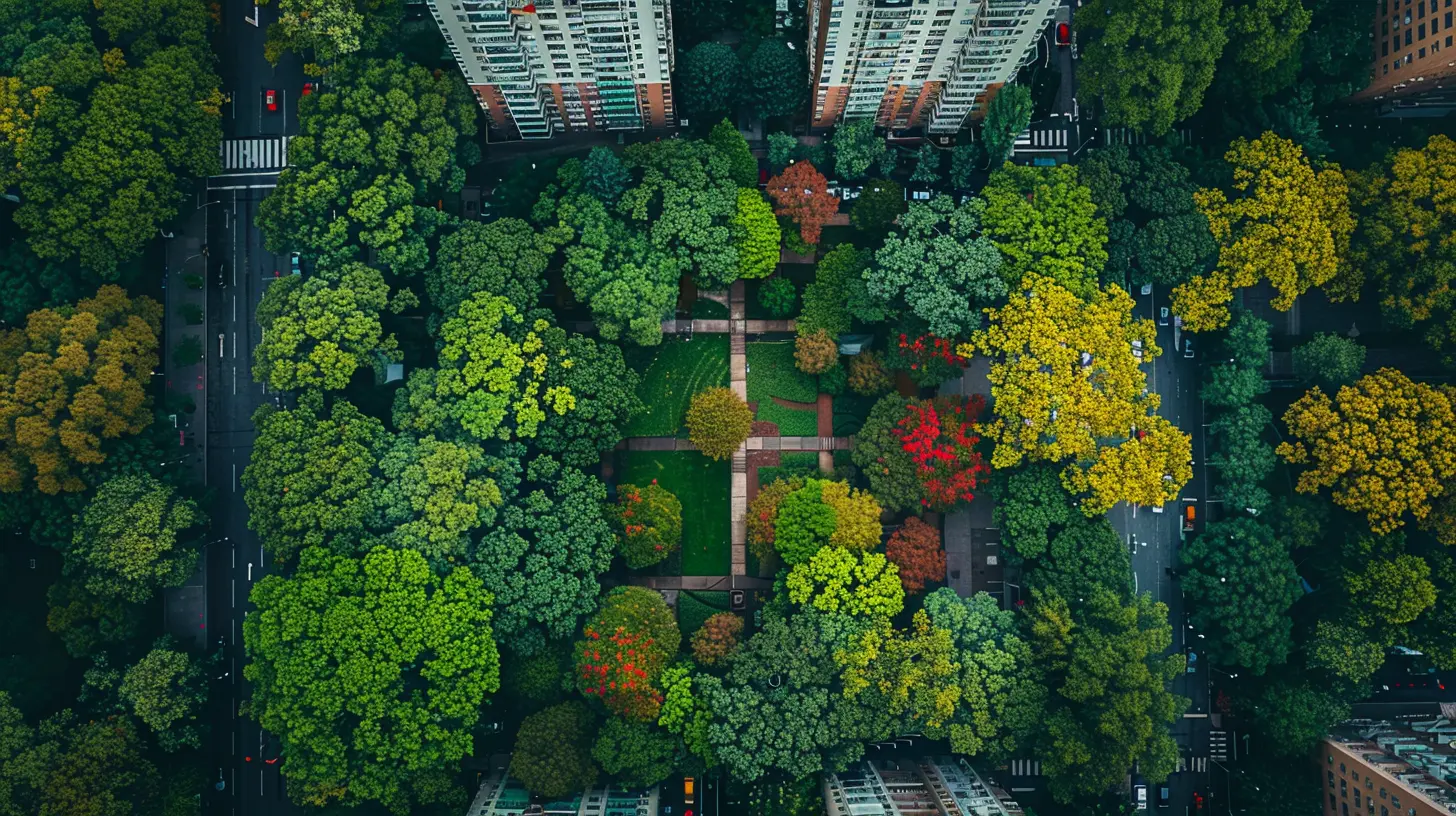
The Role of Zoning in Public Spaces and Parks
Now, let’s talk about how zoning ordinances come into play when it comes to our parks and public spaces.1. Determining Land Use
Zoning laws decide what pieces of land are earmarked for public use. A city can’t just throw a park anywhere it feels like. These spaces are often woven into local zoning plans, ensuring there’s room for community hubs. If parks are the lungs of a city, zoning ordinances make sure they’re placed where they can be most effective, letting everyone breathe a little easier.For instance, why are parks often found in residential areas? Because zoning ordinances prioritize public spaces in locations where families, kids, and pets need them the most. It’s all about creating balance.
2. Setting Park Sizes and Features
Zoning ordinances don’t just decide where a park goes—they also influence what it includes. Some zones may require parks of a specific size or even mandate particular features like playgrounds, trails, or picnic shelters. A densely packed city block might end up with a pocket park (think of it as a tiny oasis), while a suburban area could enjoy sprawling fields and sports complexes.Think of zoning ordinances as the GPS of park planning. Without them, we’d all be lost.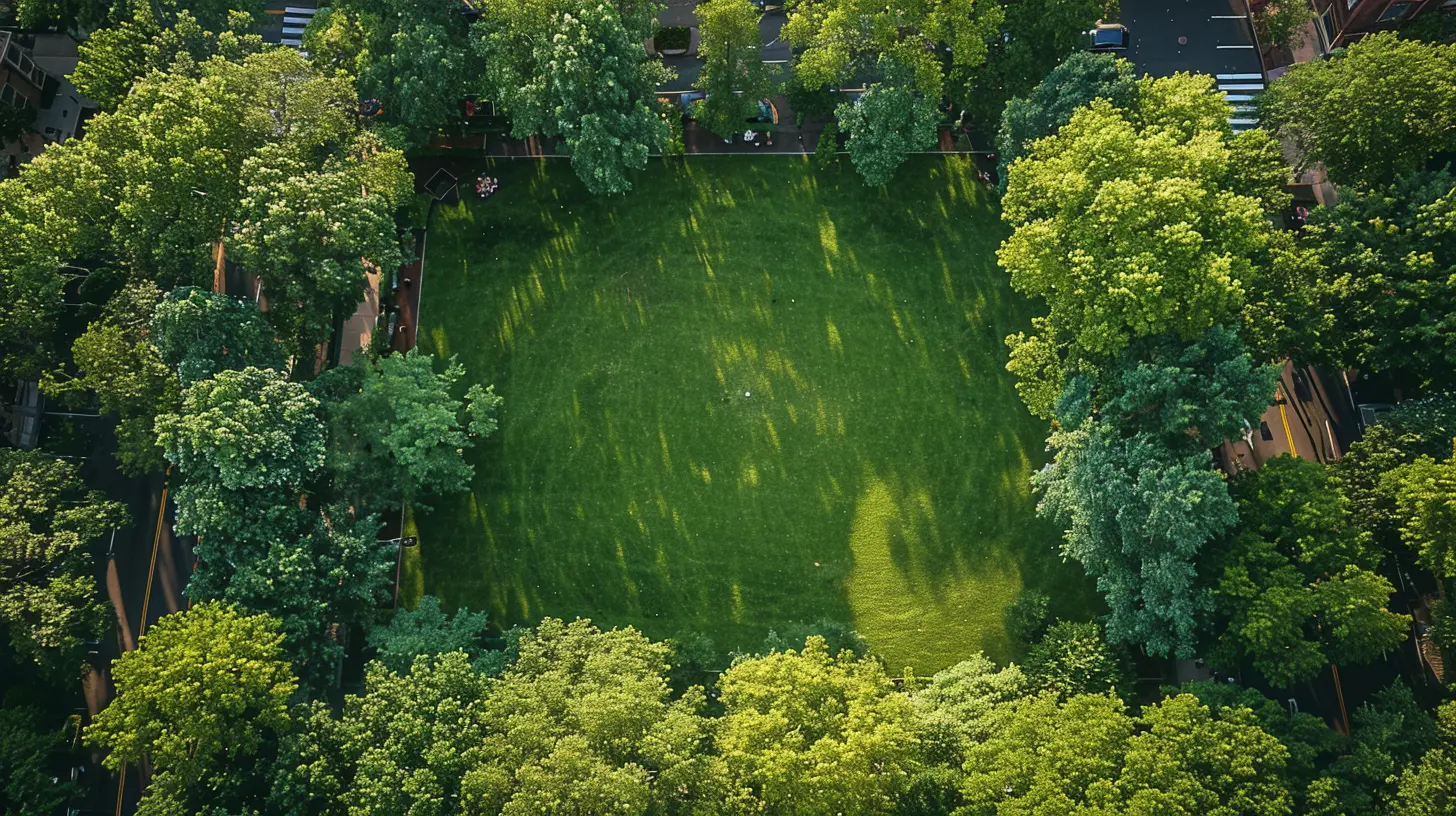
Zoning’s Impact on Accessibility
3. Who Gets a Park in Their Backyard?
Let’s be real for a second. Not all neighborhoods are created equal when it comes to public spaces. Zoning ordinances sometimes unintentionally (or intentionally) favor wealthier areas, creating bigger, well-kept parks there while leaving lower-income communities scrambling for scraps. It’s a frustrating imbalance.Cities are working to address this issue, though. Modern zoning laws often focus on equitable distribution, aiming to give everyone—no matter their ZIP code—access to green spaces. After all, nobody should have to trek across town just to find a place to unwind, right?
4. Walkability and Connectivity
Ever notice how some parks seem easier to get to than others? That’s no accident. Zoning also takes walkability and transportation into account. If a park is surrounded by busy roads without proper crosswalks or bike lanes, it’s essentially cut off from the community.The goal is to make parks inviting and accessible for everyone—whether you're walking your dog, biking with friends, or pushing a stroller. Zoning ordinances play a big role in tying public spaces into the urban fabric, ensuring they’re part of your everyday life rather than an afterthought.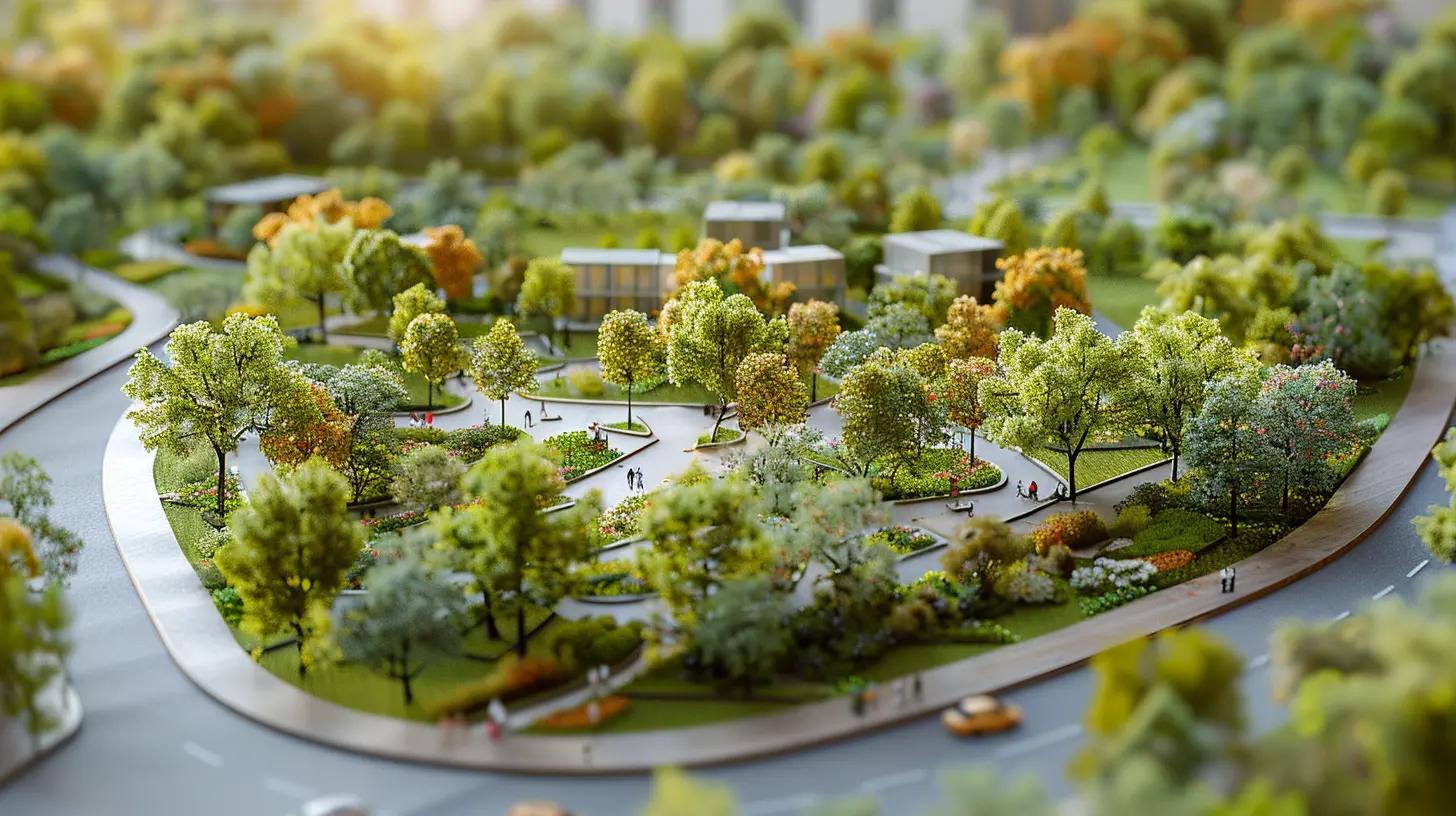
Balancing Nature and Urban Development
5. Keeping the “Public” in Public Spaces
Zoning is often like a referee, striking a balance between urban development and preserving public areas. Without strict guidelines, developers might gobble up every last bit of open land, leaving nothing for parks. (Yikes!) Instead, zoning ordinances require cities to carve out spaces for recreation, greenery, and relaxation.Imagine a game of Tetris where developers are playing on one side, and city planners are on the other. Zoning laws ensure those perfect little gaps for parks are always part of the puzzle.
6. Environmental Protection
Let’s not forget about Mother Nature. Many zoning ordinances focus on protecting natural features like wetlands, forests, and rivers. These spaces might double as public parks while also conserving fragile ecosystems. It’s like killing two birds with one stone—but in this case, let’s keep the birds alive, okay?For example, zoning may prohibit construction on a floodplain or designate a greenbelt around a city to reduce urban sprawl. These policies not only maintain public spaces but also add a sprinkle of sustainability to the mix.
Modern Trends Shaping Zoning and Parks
The way we think about parks is changing. Here’s how zoning ordinances are evolving to keep up:7. Mixed-Use Developments
Gone are the days when everything had to be strictly “residential” or “commercial.” Modern zoning embraces mixed-use developments where parks are integrated into shopping centers, housing complexes, and office spaces. Think urban plazas with seating areas, fountains, and food trucks—a blend of nature and city life.8. Pop-Up and Temporary Parks
Ever heard of a pop-up park? These temporary public spaces are trendy in cities worldwide, turning underutilized lots or parking spaces into mini-oases. Zoning ordinances are becoming more flexible to accommodate these creative projects, proving that even temporary greenery can make a lasting impact.Why All This Matters to You
Okay, so zoning ordinances might not be your go-to dinner party conversation. But let me tell you, they absolutely influence your quality of life. Think about it: The park where you take your kids, the trail where you jog, or even the bench where you eat your lunchtime sandwich—they all exist because of zoning laws.The next time you’re enjoying a quiet moment in a public space, give a little mental nod to the unsung hero that made it possible: zoning ordinances.
Final Thoughts
Who knew the laws behind land use could be so fascinating? Zoning ordinances do so much more than dictate where buildings go—they shape the way we experience our cities, from sprawling public parks to hidden green gems. They’re like the backstage crew of urban planning, making sure the show goes on without a hitch.So, the next time you visit your favorite park, take a moment to appreciate the thought and effort that went into creating it. After all, great public spaces don’t just happen by accident—they’re carefully planned, piece by piece.
all images in this post were generated using AI tools
Category:
Zoning RegulationsAuthor:

Travis Lozano
Discussion
rate this article
6 comments
Zephyros Heath
Beneath the surface of zoning ordinances lies a hidden world where public spaces and parks transform under the weight of policy. What secrets do these regulations conceal about our urban landscapes?
May 21, 2025 at 4:58 AM

Travis Lozano
Zoning ordinances shape our urban landscapes by dictating land use, impacting accessibility, and influencing the design of public spaces. They often reflect underlying priorities and values, revealing both opportunities and constraints in how we engage with our environments.
Candace Brown
Oh, zoning ordinances—those magical rules that turn our parks into thrilling labyrinths of regulations. Who needs nature’s beauty when you can have perfectly organized chaos? Can’t wait for my next stroll through bureaucratic bliss!
May 9, 2025 at 2:45 AM

Travis Lozano
Zoning ordinances aim to balance beauty and functionality, but I understand your frustration! Let's explore how we can enhance our parks while navigating these rules.
Valen Blair
Zoning ordinances play a crucial role in shaping public spaces, balancing urban development with community needs, ultimately influencing the accessibility and quality of parks.
May 7, 2025 at 11:40 AM

Travis Lozano
Thank you for highlighting the essential role of zoning ordinances! They truly are vital in creating harmonious public spaces that meet community needs while promoting accessible and quality parks.
Thomas McClendon
Great insights! Zoning truly impacts our community spaces positively!
May 5, 2025 at 2:56 AM

Travis Lozano
Thank you! I'm glad you found the insights valuable—zoning plays a crucial role in enhancing our community spaces!
Aleta Rosales
Great insights! It's fascinating to see how zoning impacts our shared spaces and parks. Thank you for shedding light on this important topic!
May 4, 2025 at 11:47 AM

Travis Lozano
Thank you for your kind words! I'm glad you found the insights valuable—zoning truly plays a crucial role in shaping our communities.
Mercy McPherson
Thank you for this insightful article on zoning ordinances and their impact on public spaces and parks. It's fascinating to see how thoughtful planning can enhance community well-being. I appreciate the emphasis on balancing development with green spaces, as it plays a crucial role in fostering vibrant, inclusive neighborhoods.
May 3, 2025 at 3:52 AM

Travis Lozano
Thank you for your thoughtful feedback! I'm glad you found the article insightful and appreciate the importance of balancing development with green spaces.
